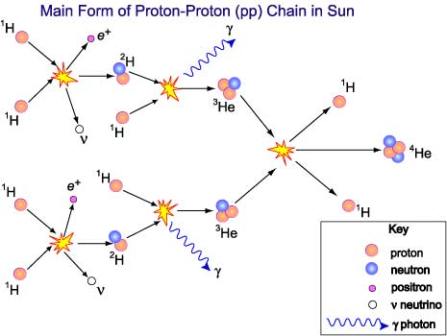Been dipping into fundamental physics lately, which, I know, probably has little to do with social change. But I did discover an interesting insight or two.
First, everything in the universe is vibrations. Even the stuff (particles) of the universe is vibrations. And particles excite each other and change directions by bumping together and passing on their vibrations.

Yes, I can dig that. It’s exactly the same for human beings composed of kazillions of particles. We excite other human beings and change their directions by bumping into them and sharing our excitements. In fact, isn’t that what social change IS?
So maybe we can have an “excitation theory of change” – where it’s not facts or stories that change people, but our own excitements. Our emotional force.
That explains why leaders are always the most dynamic people in a room. And it explains how change is as much about emotion as facts and stories.
You can see that, unfortunately, with all those Trumpists in the USA who became a social movement by becoming excited and sharing their anger, resentment and the joy they got from just being a movement. That’s bad change of course because those people are being used by dangerous power-freaks. But good change is probably about just the same thing – remember the excitement of Obama’s election?
Second, I discovered the coolest equation in physics – the Principle of Least Action. And its best kept secret. It seems to be the only equation you actually need to describe how the universe works – the other big equations derive from it. It says that all objects in nature follow beautifully economical paths that simultaneously conserve their energy and make best use of the pushes and pulls that surround them in their environments. Which is why satellites effortlessly orbit the earth, why really good dancers are beautiful to watch, and why the blue wasps in my backyard never get tired.
Thinking about it, it also seems an apt description of human action. We humans have inner motivations (which are our hopes suffused with emotional energy), and there are pushes and pulls in our environments that determine the paths we follow to achieve (or not) those hopes.
That explains how humans love to find effortless paths of action (Csíkszentmihályi’s idea of Flow).
It also explains, I suppose, why poorly motivated humans won’t walk 10 metres out of their way to use a litter bin.
So you have a theory of human action with just 2 components:
1) Motivations to act, which might be feeble or powerful; and
2) Pushes and pulls in the environments that create pathways to action by guiding, hindering and enabling.
Voila! That’s close to quite a few existing change models, including Changeology. The more I think about it, the more I’m entranced by the simplicity and power of this theory.
[If you want to get into it, the physics of the Principle of Least Action is neatly depicted here: https://www.youtube.com/watch?v=xz7jLnWcxMs To envisage how it works in human psychology, think of “kinetic energy” as a person’s inner motivations, and think of “potential energy” as all the sources of the environmental pushes and pulls that influence how a particular motivation actually gets realised – approval of friends, social norms and prestige, convenience, cost, threats and so on. “The action” in physics would be just the same as “action” in ordinary life. “Least action” means that human action follows the most economical path, weaving elegantly through all the pushes and pulls. Intensity of motivation makes a huge difference to the result. Strong motivations are less at the mercy of pushes and pulls, explaining why people follow seemingly ridiculous paths while pursuing passions and addictions. Feeble motivations, meanwhile, tend to be firmly trapped in the rut of convenience.]
Good vibrations and elegant paths

Liked your think piece very much. The missing ingredient though in your 2-component theory of human action, and which strengthens motivation and fulfills a basic human need, is ‘capability’. As humans, we desire to be agents with some control over our lives and hence we need to have influence over our motivations, and environmental pushes and pulls (enablers and barriers to action). Capability (knowledge, skills > knowhow) gives us the motivation and confidence (self-efficacy) to experiment with small behavioural changes, to learn and adapt such that we can do more (having understood that we can overcome barriers and utilise opportunities, including exciting and being excited by others, to achieve a more desirable state). See Michie et al’s theoretical work: https://implementationscience.biomedcentral.com/articles/10.1186/1748-5908-6-42
Cheers
Geoff
Hi Geoff,
Yes, you are perfectly right. Capability or self-efficacy is the missing ingredient. I feel very silly really because I’ve been training people in exactly that approach for years. Motivation + Self-efficacy + Opportunity = Change. But, of course, that’s never enough, an enabling environment is vital. Makes me realise I’m going to change my primary model to: Motivation + Self-efficacy + Opportunity + Enabling environment = Change. Thanks so much for your comment.
Hi, I liked the two points that you made 1. Our motivations. 2. Pushes and Pulls in the environment. Excellent. Derived great insight. Lot of learning from the Principle of least action. or the path of least effort. In other words, our actions need to be effortless. It happens only in “Flow”. If there is “flow”in our thoughts, actions takes place with least effort.
Yes, we are all nothing but vibrations. I am humbled. Very good article. Thank you. Cheers, Ramkumar